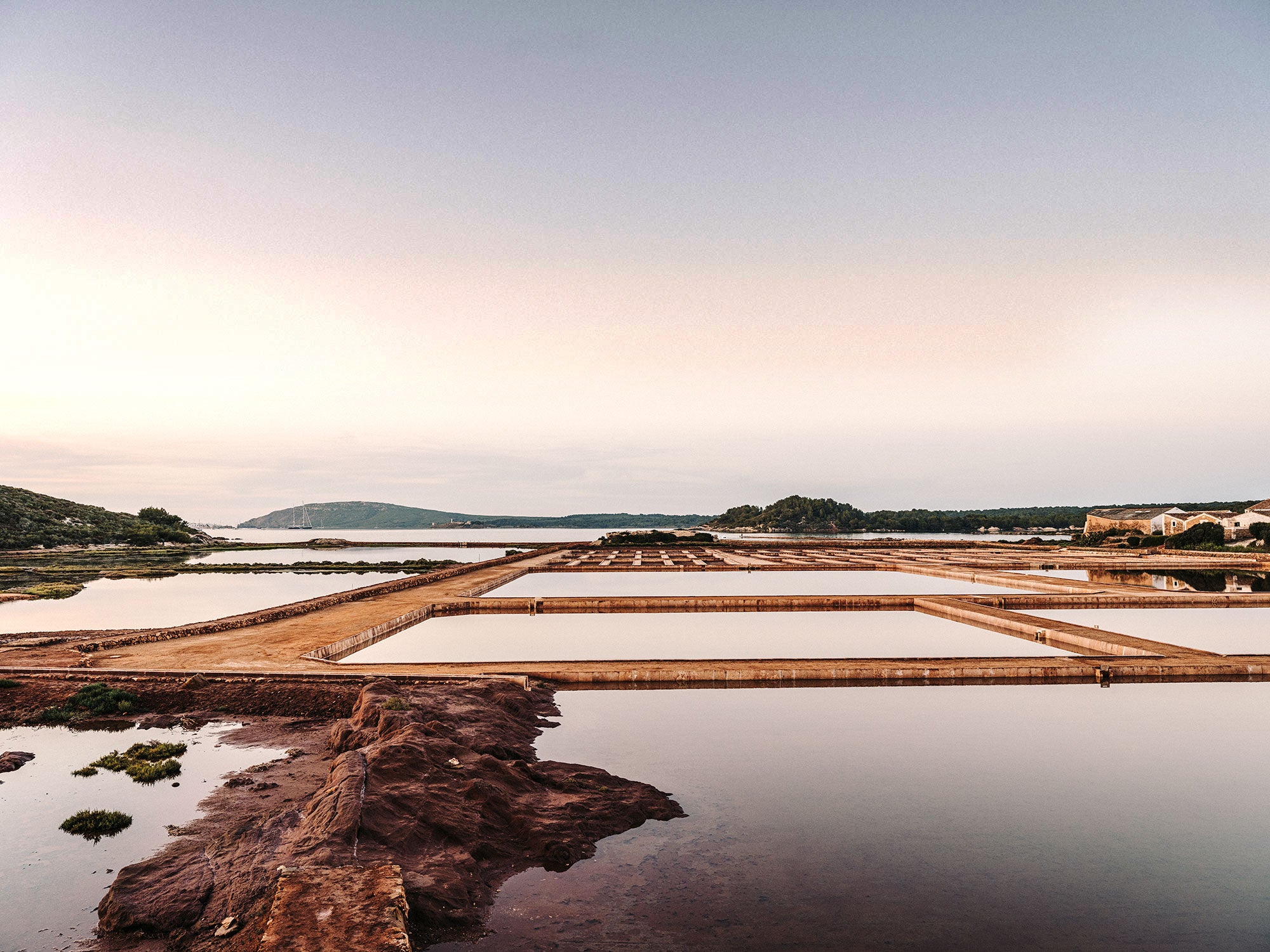The salt tradition on the island of Menorca dates back to the 14th century. In 1303, Dalmau Sagarriga, royal lieutenant of the Kingdom of Mallorca, declared that the collection of salt for personal use would be free on the island of Menorca.
The ancient societies on the island of Menorca collected the salt that was deposited inside natural containers dug into the rocks of the coastline, the cocoons. The sea water fills them up with the action of the waves. Later, in the dry season, the water evaporates and the salt remains.
In the Treaty of Utrecht in 1713, the English proposed to establish a naval base on the island, which would give them strategic control over the western Mediterranean. Concessions for salt production projects then appeared. All the experiments were concentrated on the northern coastal areas of the island.
There were four salt pans, all in the north of the island: La Conceptio, formerly called Salines Noves, in Fornells. The Tirant Vell saltworks, since called Ses Salines Velles, also in Fornells. The Salt Works of Addaia. The Mongofra Salt Works, located at the bottom of the port of Addaia.
The industrial production of salt continued in the 20th century. Competition from salt imported from the large Spanish and foreign production areas forced the decline of the Menorcan salt industry.
Of the four saltpans that existed at the time, the La Conceptio salt pans is the only one still in operation.


